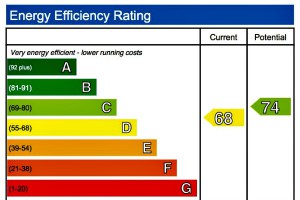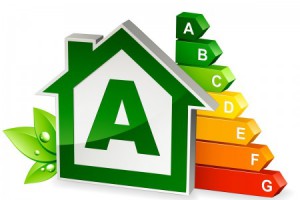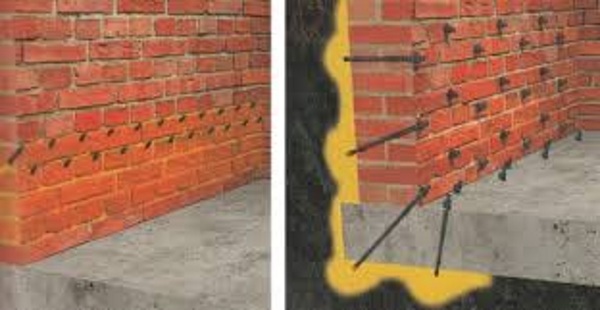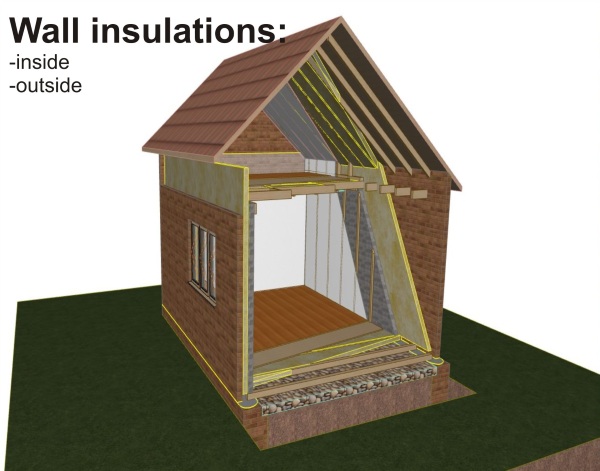First of all I would like to thank you for all the positive comments, feedbacks on our articles.
Let me reply to that most common question that we receive.
“Who writes our articles and how is it that the discussed topic (though being quite professional) is so easy to read?”
 Our “blog” was / is / will be intended to be a “News” tab that communicates useful information to our customers.
Our “blog” was / is / will be intended to be a “News” tab that communicates useful information to our customers.- The articles are not written by a freelance copywriter.
- They are written by the diagnostic engineer of our company (who also happens to be the director of the company) using his own experiences, expertise.
- We aim to use “layman terms” where possible, the articles are intended to give customers, non-professionals relevant information about economical building solutions.
- Prior to publishing the articles are revised by a non-professional (just to make sure every bit of information “reaches” our readers the right way).
- The main idea is to help the decision making process of our customers; we aim to provide enough information so the topic is readable, understandable yet not too “dry”
- Also we noticed that by having these information our customers have a better understanding of the refurbishment / extension project ahead of them.
- These articles will provide a picture about us as well, about our ideas and expertise.
- Often we will aim to destroy some of the “ancient”, false ideas of building (e.g. mould treatment) – we believe in the success of our method.
We would still like to hear from you, so do keep sharing your thoughts, remarks, critiques even.
And ask for our on-site diagnostics that is still free in March.
(Quote the following code in your enquiry and we grant you a 10% discount of the price of your next project! NART1)













